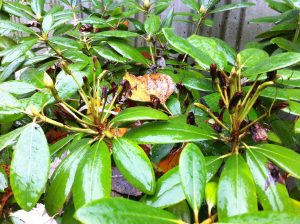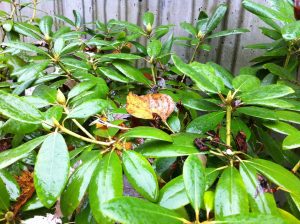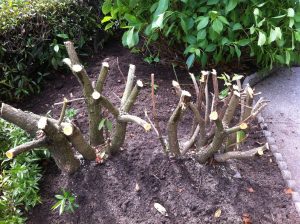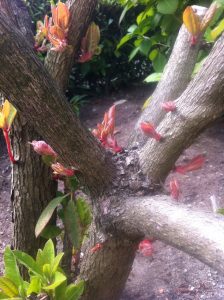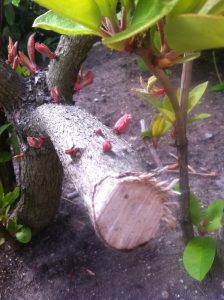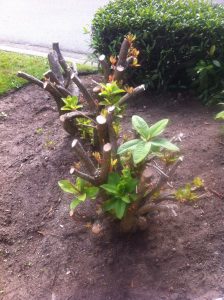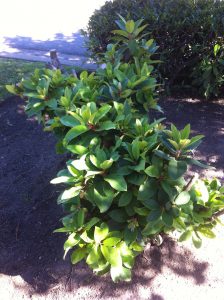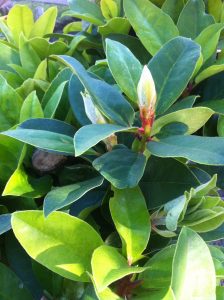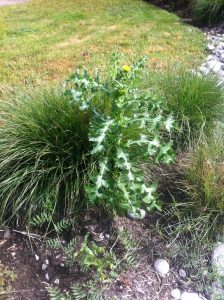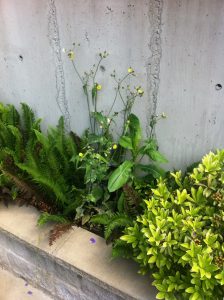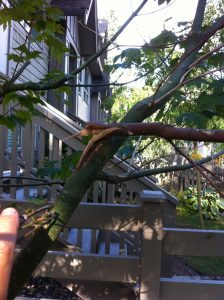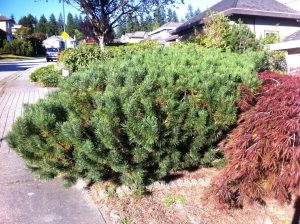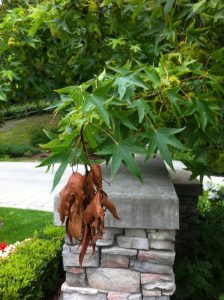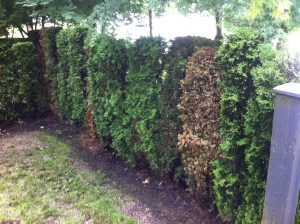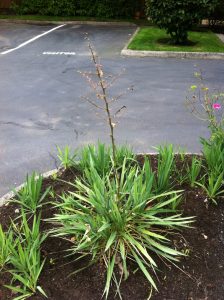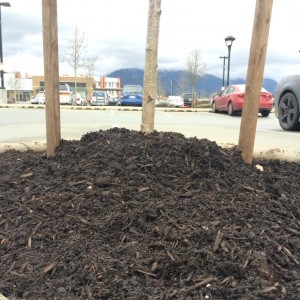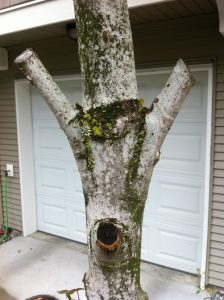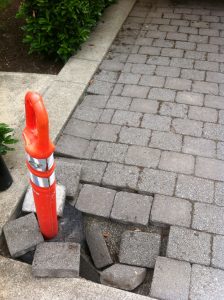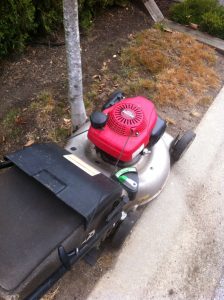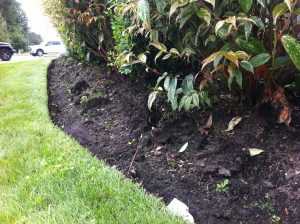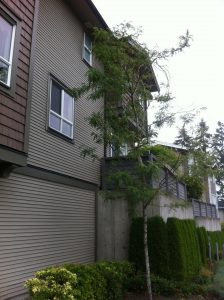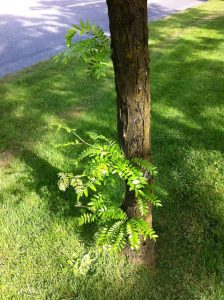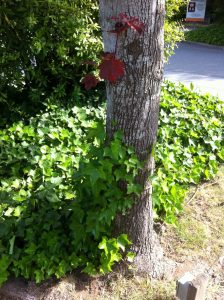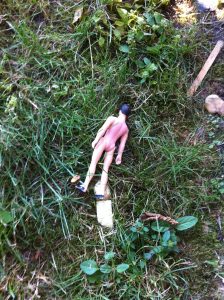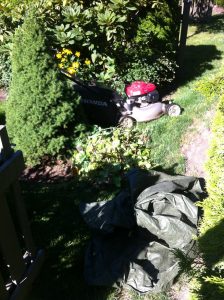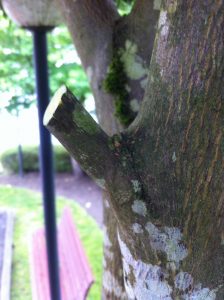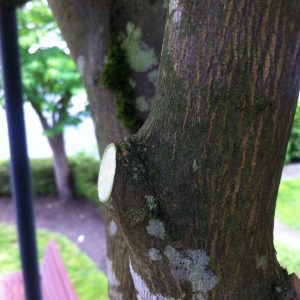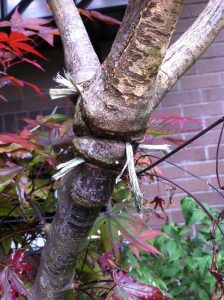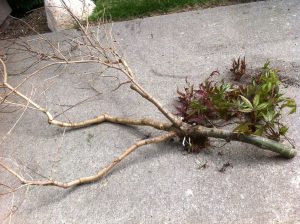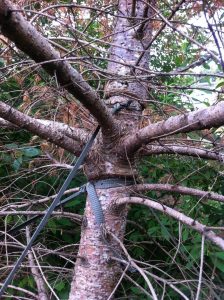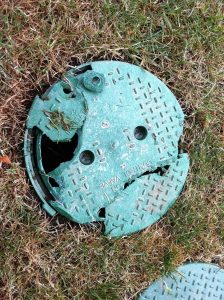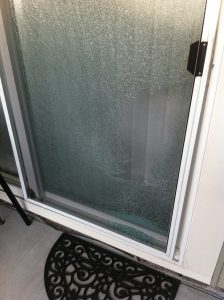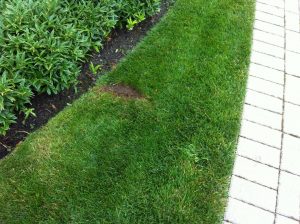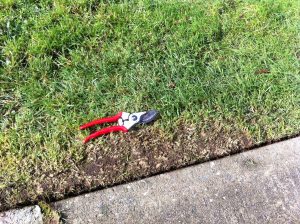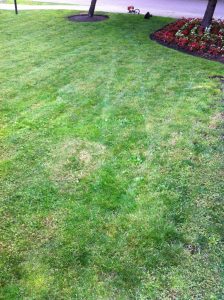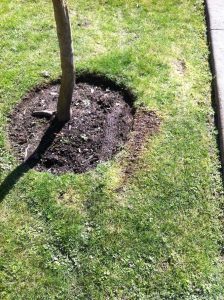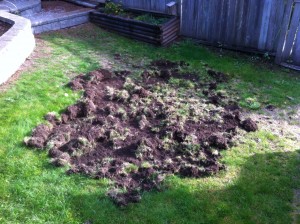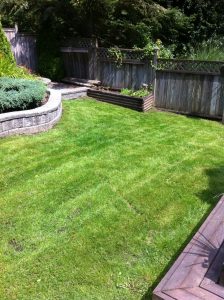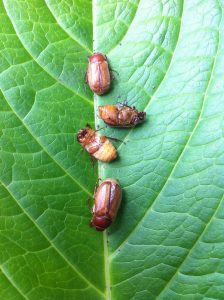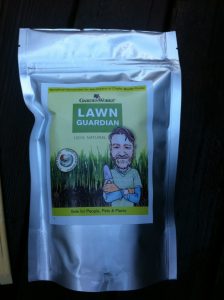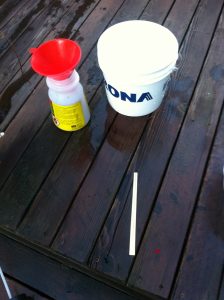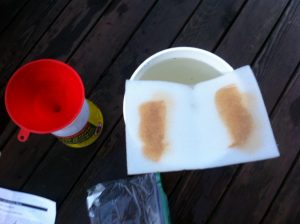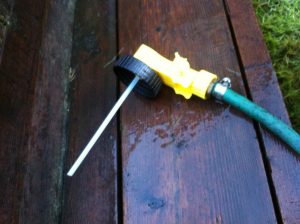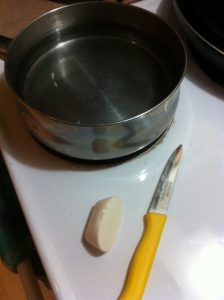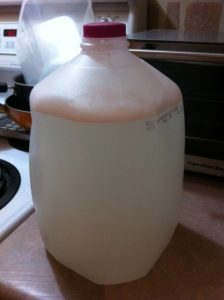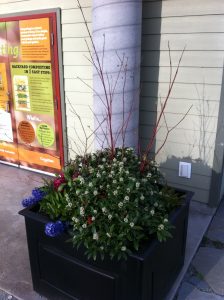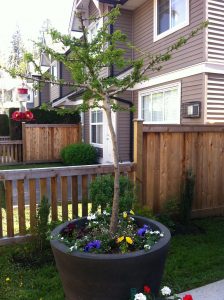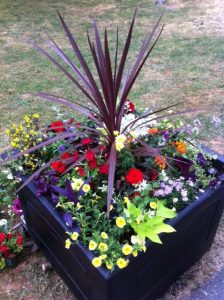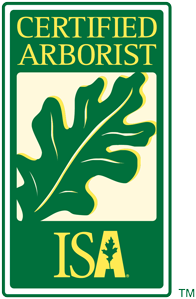My 2014 municipal season has, so far, been my best working year ever. Sadly, when it became clear that there wouldn’t be a repeat in 2015, I was forced to think about the anatomy of my great season. What was it that made it great?
Learning!
Robin Sharma often uses this quote: “If you are the smartest person in the room, find another room.” My gardener-boss was fun, smart, experienced and certified, with killer plant identification skills. I had her all to myself on most days. Apprentice Vas couldn’t ask for more. Progress was guaranteed.
Encouraged by her positive comments, I walked into my Red Seal exam challenge with confidence; and passed! Now I belonged. It also wasn’t just another paper. It was a huge culmination of 16 sweaty, hard seasons outside in the landscape.
Learning is critical.
Embracing change
Everything was new and exciting and I handled the change fairly well. Some people don’t. Change is good. I found out some subtle and not so subtle differences between landscapers and gardeners. For example, we rarely used a backpack blower. Not every leaf was a messy enemy. Free arbor chips didn’t go to green waste; they were made for bed and tree well mulching. Some weeds were tolerated. No cheating with banned chemicals. Trucks drove speed limits and it was OK to park them on sidewalks. Yes, on sidewalks. Road medians aren’t gardens; they should look good at 60 km/hr.

Free arbor chips, the best stuff for bed and tree well mulching
.Stretching
Scale. All of a sudden you are planting hundreds, thousands of bulbs, rototilling soil and diligently editing out spent bulbs so they don’t ruin next year’s display. Rocks that pop up stay: think soil pore spaces. Bulb planting depths stay uniform. Watering a hanging basket means soaking it.
Perennials everywhere. My notebook showed about 300 plants that were new to me. It is work in progress so I stretch myself. Weekly.
Planting trees bare-root for the first time was an awesome experience. I paid attention. That was exciting stuff.
You should always aim to be better than you were yesterday.
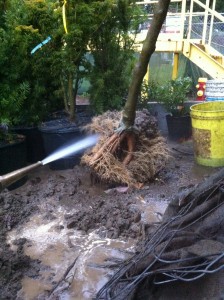
My first-ever bare root planting
Facing your fears
On some days I showed up literally scared. It sucked in the moment but it felt great afterwards. Imagine my horror when I was asked to use a front loader for the first time. Luckily, we were the only ones in the yard. My gardener boss patiently waited as I got used to colliding the front loader with piles of mulch.
Then there was bulb removal. Since the bulb arrangements are changed every season, it is critical to remove 100% of the old, spent bulbs. Gold help you if you missed one.
Once, late in the day, I was asked to quickly plant pots with plants on the truck. No guide, no plan. Go! That was stressful. A future blog on pots will show that there is no reason to feel stress with pots.
Fun
Work should be fun. I can not openly recount here all of the fun incidents but trust me, there was laughter with great people. On days when we installed brand new perennial beds, work didn’t feel like work. Same on the day I got to use a dibbler for planting for the first time. Magic.
One summer day, getting close to completing a new bed install, I had a young girl stop by, admire the new plants and tell me that I must be the world’s best gardener. Well, almost!
What was your best working year like?



